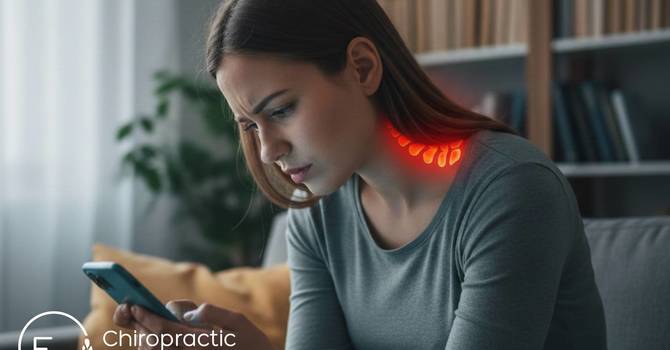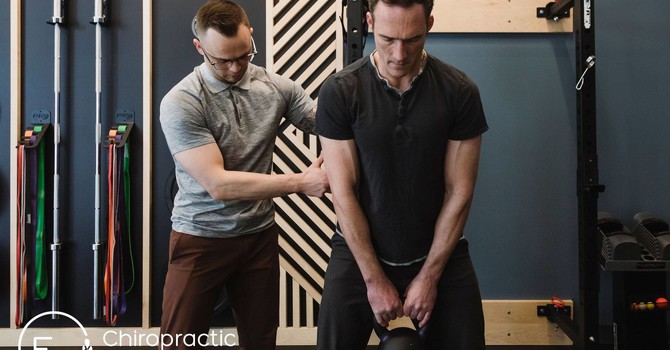
Rib pain is all too common, and we have all likely experienced it at one point or another.
We begin to notice a very sharp, pin-point pain in the middle of our back. Taking a deep breath can aggravate that pain; you can feel a massive muscle knot right where that pain is, moving around can hurt, and all you want to do is dig that muscle knot against the corner of a wall or a lacrosse ball.
You seem to find things to help alleviate that pain, such as foam rolling or rolling on a lacrosse ball, but that pain ALWAYS seems to come back.
So what is causing that rib pain, and why is it happening?
Keep reading to find out the three biggest reasons you have chronic rib pain and how E3 Chiropractic + Wellness can help prevent future pain due to your ribs!
What Is Causing Your Rib Pain?
You have 12 pairs of ribs that attach to the thoracic region of your spine or your mid-back. The ribs serve to protect your heart, lungs, and other vital organs. Each rib is shaped like a bucket handle arching from your spine to your breastbone (sternum) in front. Your ribs must move freely when you breathe, bend, twist, and reach.
Each rib has two joints attaching to your spine (costovertebral and costotransverse joints) and one to the front of your chest to your sternum (costosternal joints). When the joints that attach your ribs to your spine do not move properly, this is called segmental joint dysfunction. This can result in very sharp pain in the area of joint dysfunction.
Most of the rib pain that you may be experiencing is due to dysfunction of the joints that attach your rib to your spine.
Three Causes of Rib Joint Dysfunction
1. Improper Breathing Patterns
Breathing is something that we do all day, every day. It is kind of important! HOW we breathe is also critical.
When we breathe properly, a muscle inside our body called the diaphragm contracts and falls towards our pelvis. The dropping of the diaphragm creates space in our chest cavity for our lungs to expand and fill with air.
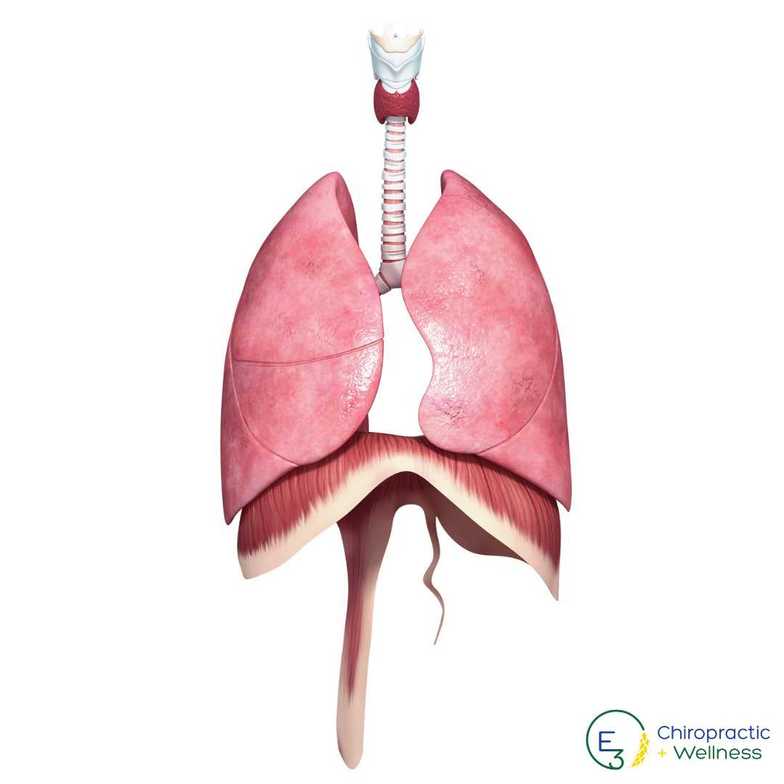
The diaphragm is the PRIMARY muscle for respiration.
We also have secondary muscles of respiration. These include muscles in between each rib called intercostal muscles and many other muscles that attach to our rib cage.
If we do not breathe properly, using our diaphragm, we use secondary muscles of respiration. These muscles are designed to HELP us breathe; they are not designed to be the primary muscles of respiration. If the secondary muscles become primary muscles of respiration, this can result in them becoming overworked, resulting in muscle spasms and ultimately rib joint dysfunction.
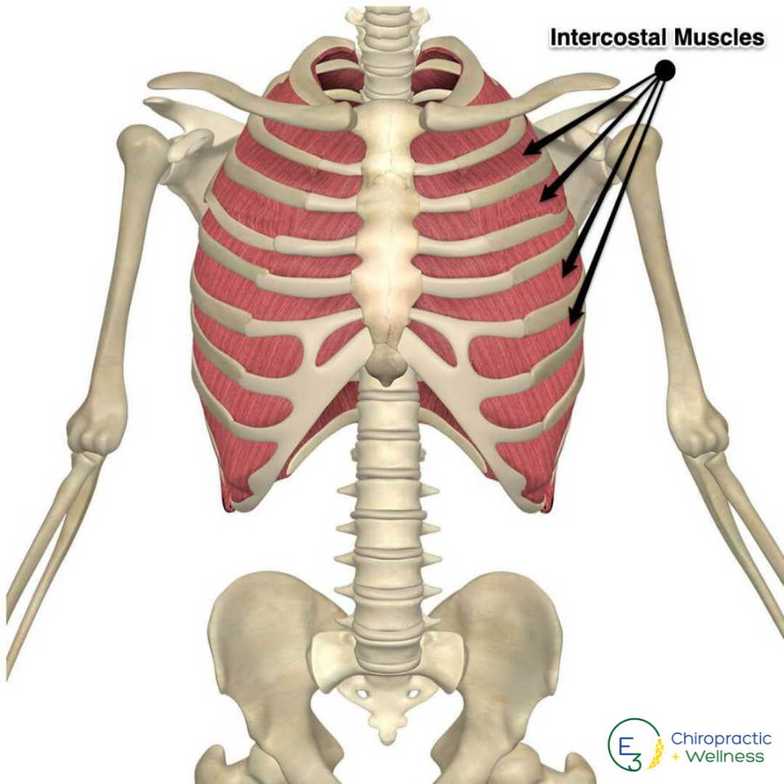
2. Improper Low Back Stabilization Strategy
A proper low back stabilization strategy is founded on intra-abdominal pressure (IAP).
Activation of the diaphragm depresses the diaphragm down toward the hips. This action moves the liquid in the abdomen outward (and downward) into the abdominal wall musculature. The muscles of the abdominal wall do not like to be pushed around very much. Therefore, as the liquid and organs are being pressed outward, the abdominal wall muscles resist this movement by activating and contracting. This causes a massive co-contraction of our abdominal wall muscles, which is essential for spinal control and stiffness.
The combination of the effort of the diaphragm depressing downwards and the resistance of the abdominal wall muscles create intra-abdominal pressure.
If we do not use the correct strategy of IAP to stabilize our spine, we will use compensations, and compensations always come at a cost.
A typical compensation pattern includes having very tight muscles that run along the middle of your back. These muscles also attach to your rib cage. If these muscles are tight, they do not allow your rib cage to move as freely as it should, resulting in rib joint dysfunction.
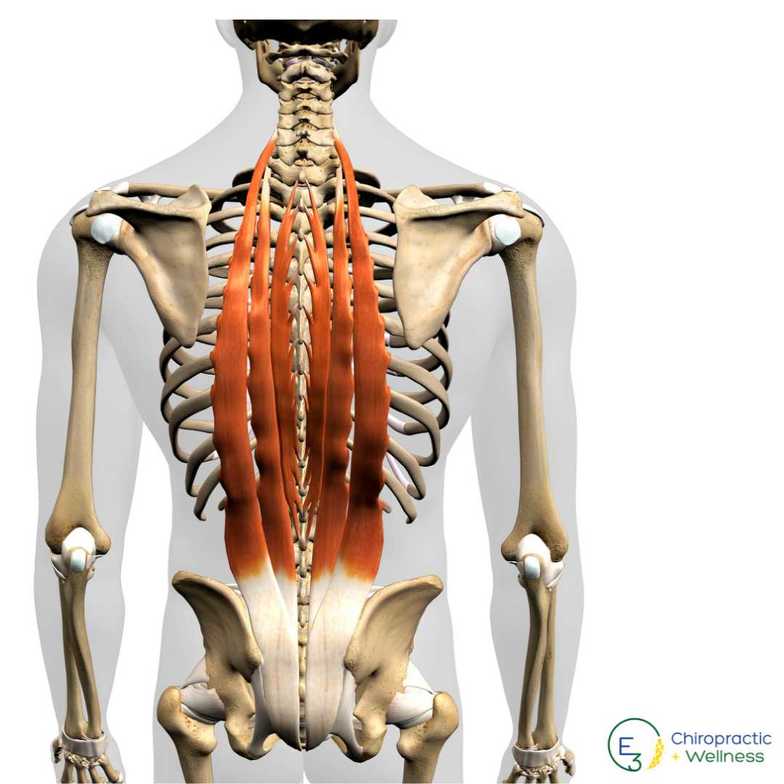
3. Poor Shoulder Blade Stability
Seventeen muscles attach to the shoulder blade, and many of these muscles also attach to the spine or rib cage.
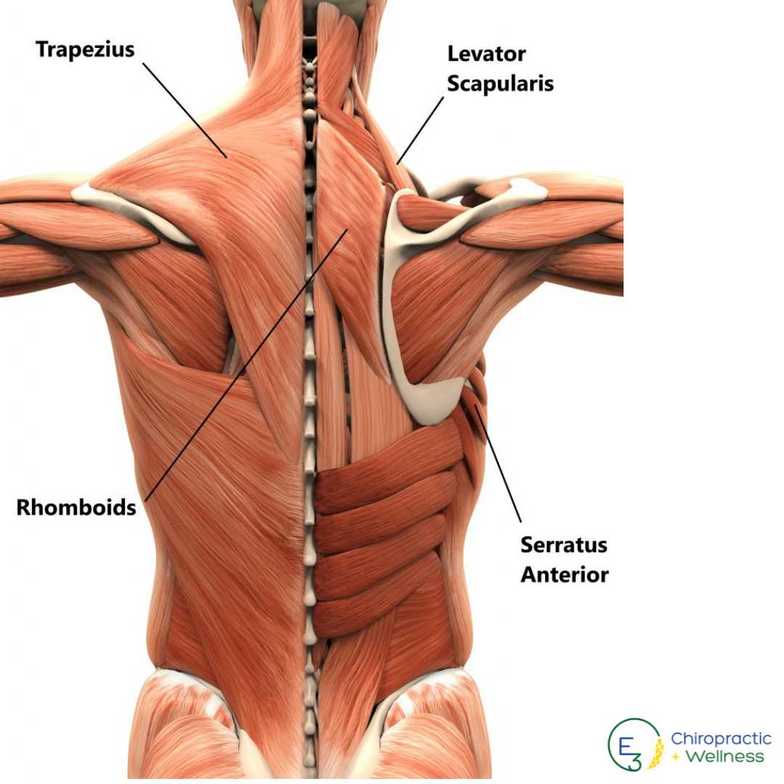
If the correct muscles surrounding your rib cage cannot do the right job, compensations will occur just like your low back. Your body will choose the next best muscle to do that job, which will typically result in that muscle doing more than it should. If muscles are being overworked for too long, this can result in muscle spasms and rib dysfunction.
How E3 Can Help
Are you or someone you know experiencing chronic rib pain? We can get to the bottom of that rib dysfunction together! At E3 Chiropractic + Wellness, we tailor a treatment plan specifically for you to address any of the three above reasons causing your rib pain.
Don’t let chronic rib pain stop you from enjoying your activities or even breathing pain-free. Click HERE to book an appointment with E3 Chiropractic today!



